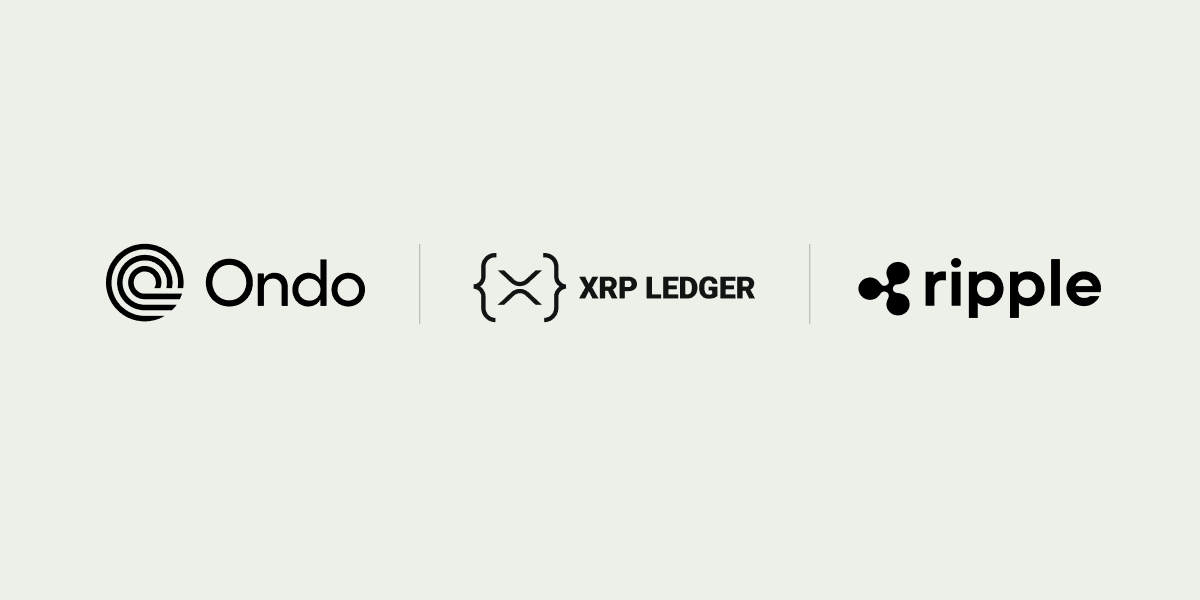Banks are finally beginning to get excited about blockchain. And those that aren’t really ought to be because blockchain has the potential to be the most transformative technology to hit financial services since the internet.
But among the genuine excitement about where this new tech can take banks, there is also a lot of hype. An Ernst & Young report that urges clients to invest in blockchain mentions smart contracts and AI applications that still seem years away from being practical. A new start-up claims that it can use the technology to replace clearing houses.
The fact that VC funding for blockchain-related companies has steadily declined since its peak in early 2015 shows that investors are tired of speculative grand visions and expect more focus on real commercial applications. For banks, this means focusing their efforts and resources in four key areas:
1. Trade Finance
Using a shared, single-state database as a universal source of truth will eliminate fraud and streamline the financing of trade credit deals. This Accenture report highlights nimble startups leveraging blockchain technology as a new competitive threat to traditional banks in the trade finance market.
2. On-Demand Liquidity
The current system for provisioning liquidity for cross-border payments involves holding currencies in multiple local accounts (“nostros”) around the world. This model ties up a bank’s capital and is costly. New models based on digital assets backed by distributed ledgers provide on-demand liquidity and can save banks up to 42% on interbank international payments.
3. Capital Requirements
The current system for completing bank transactions involves hefty regulatory capital requirements, which continually erode the interest a bank earns on its deposits. According to Barclays, using digital assets “would reduce considerably the counterparty risks” thereby reducing the capital requirements and protecting the bank’s revenue.
4. Payments Risk
Last year’s theft of US $951M from Bangladesh Bank via a SWIFT network hack and similar attacks on Turkey’s Akbank and the Russian Central Bank will have affected consumer confidence in traditional payments infrastructure. To stave off competition from ‘non-bank’ challengers such as Paypal and Transferwise, banks can tap into the unique capability of blockchain technology to remove risk from the settlement process, especially for cross-border payments.
By focusing on these four areas, banks will ensure their investments in blockchain technology pays dividends in the short-term, while still laying the foundations for a visionary long-term strategy. However, even in these areas, blockchain alone is not without limitations – something I will explore in my next post.
To discuss further, please contact Ripple.







